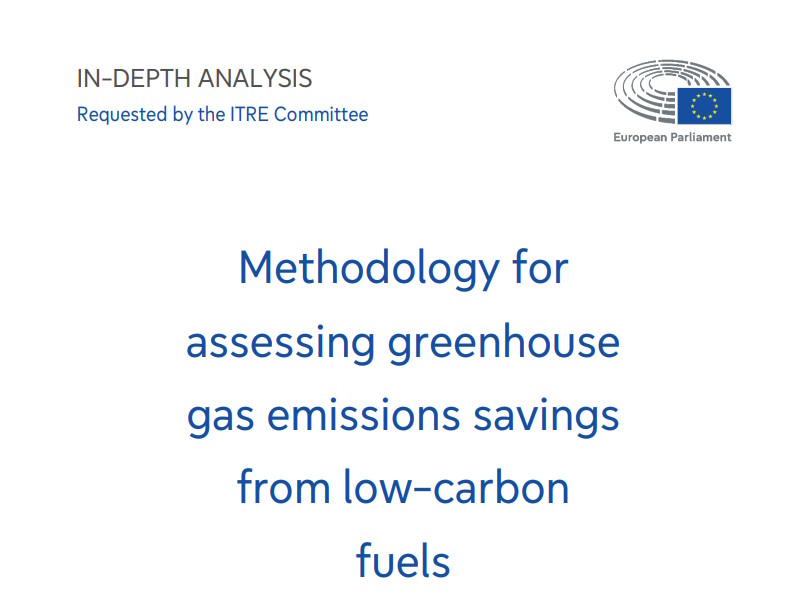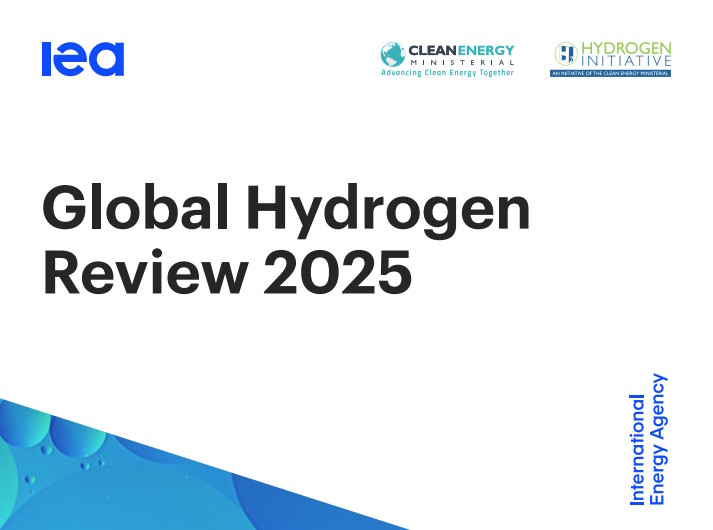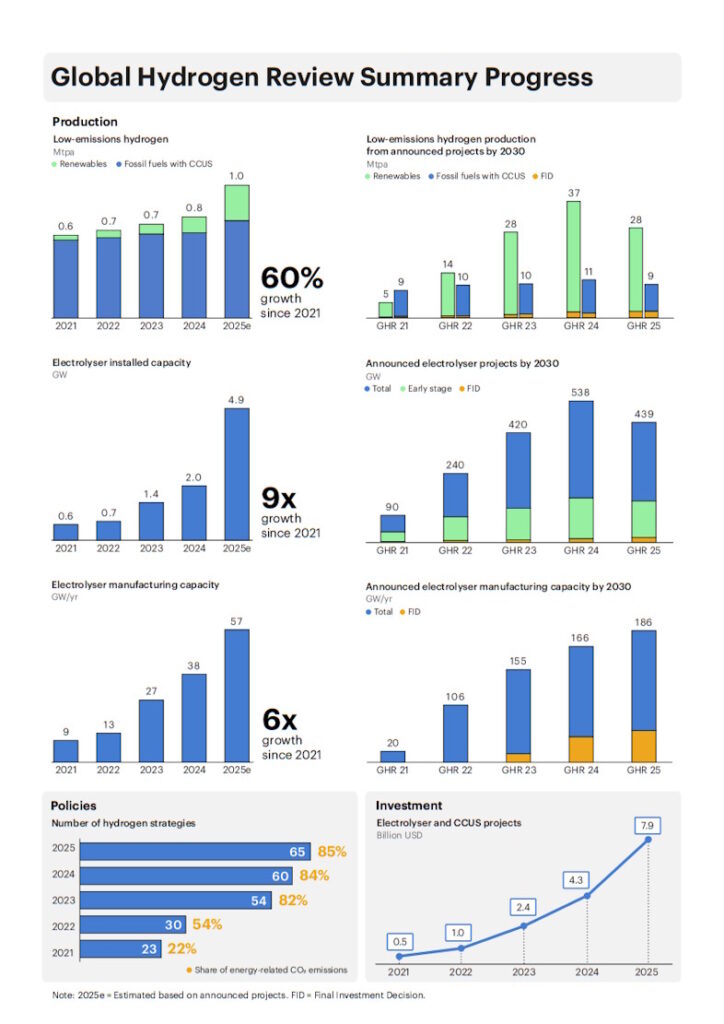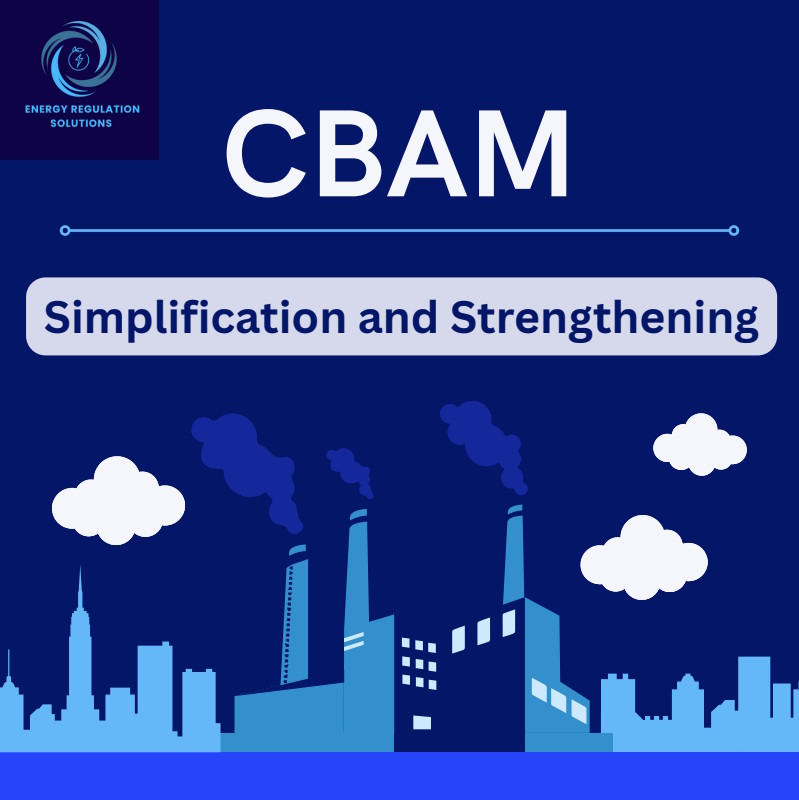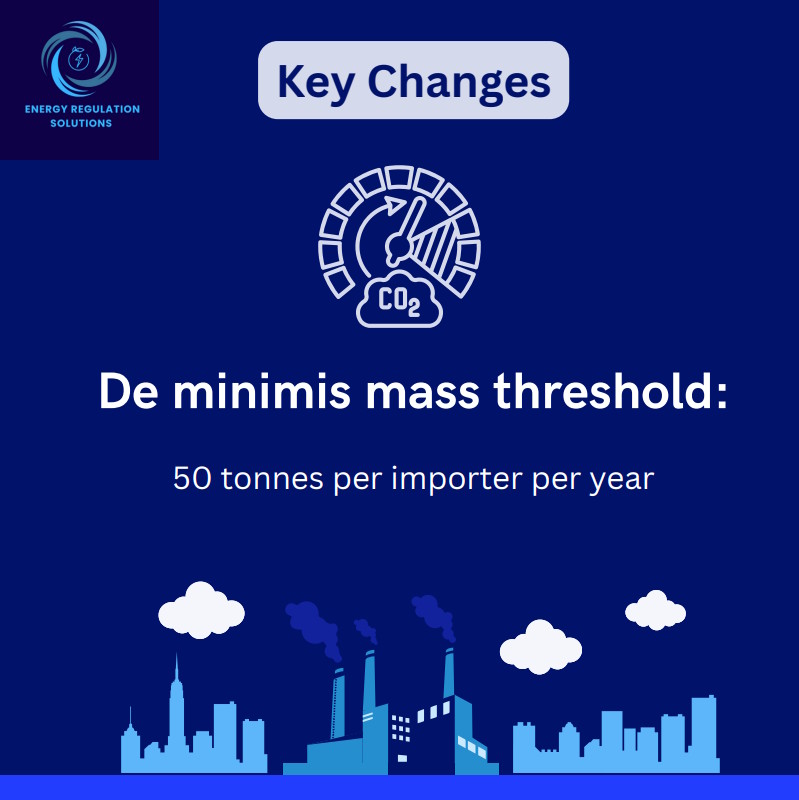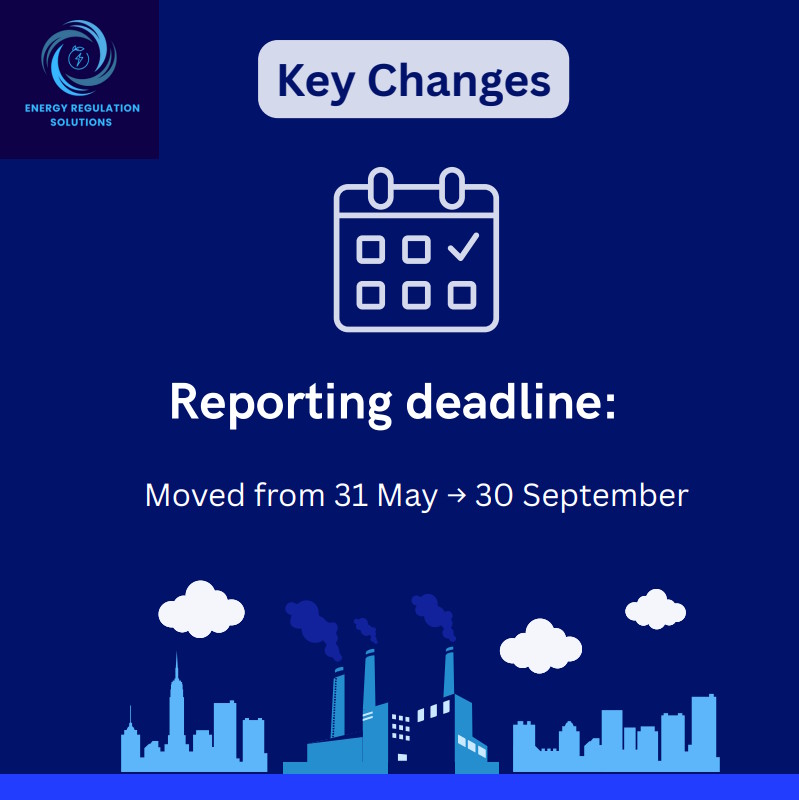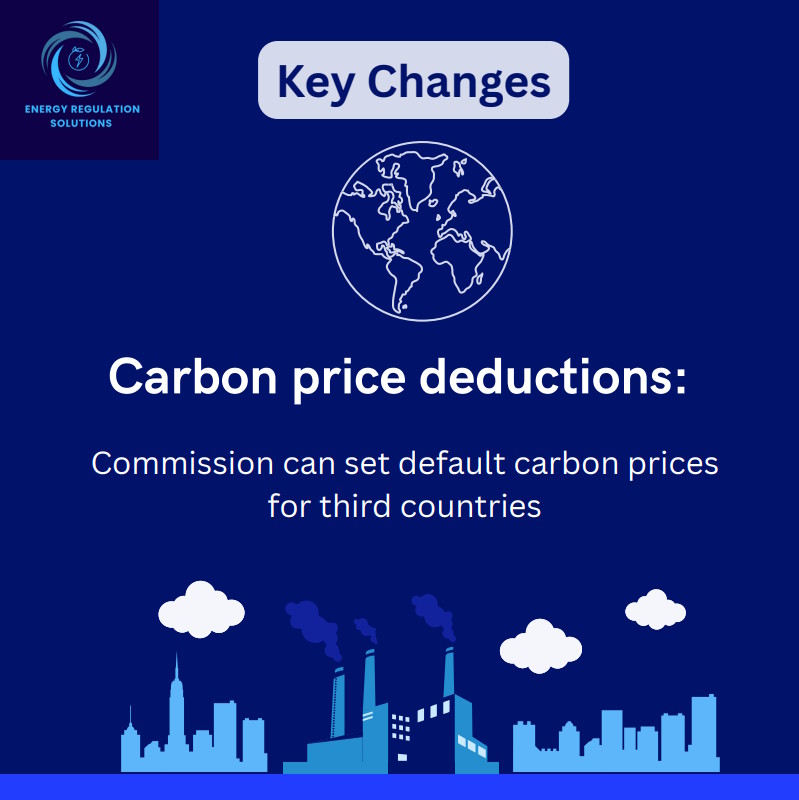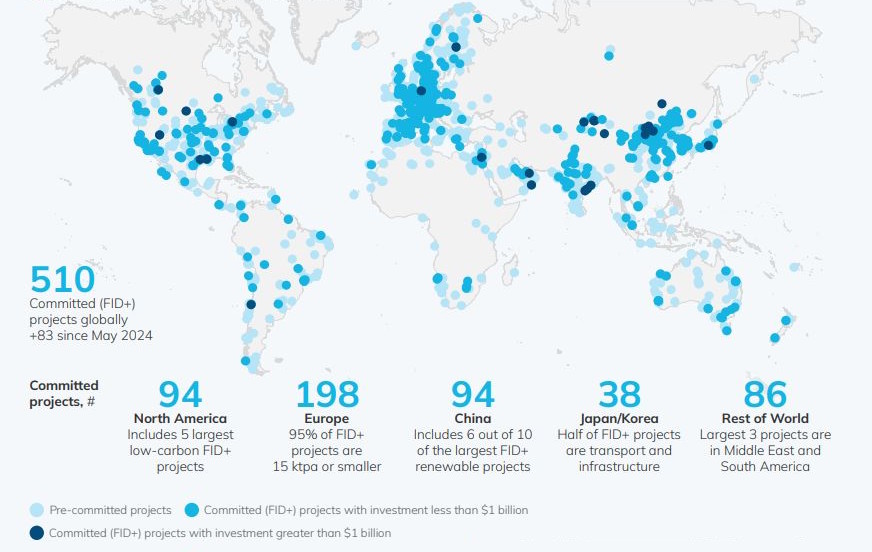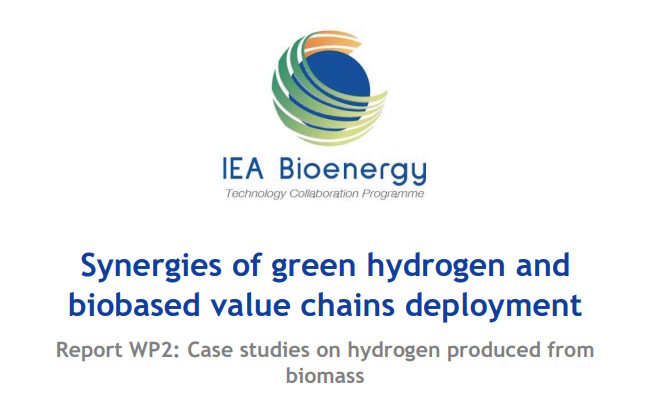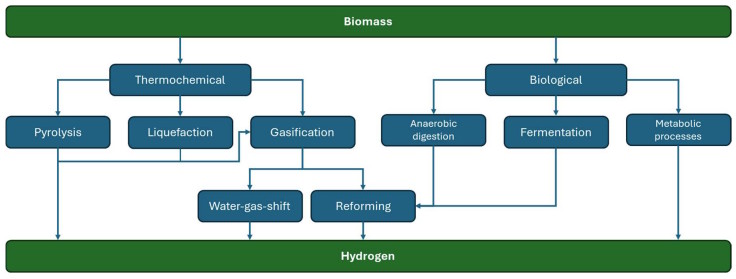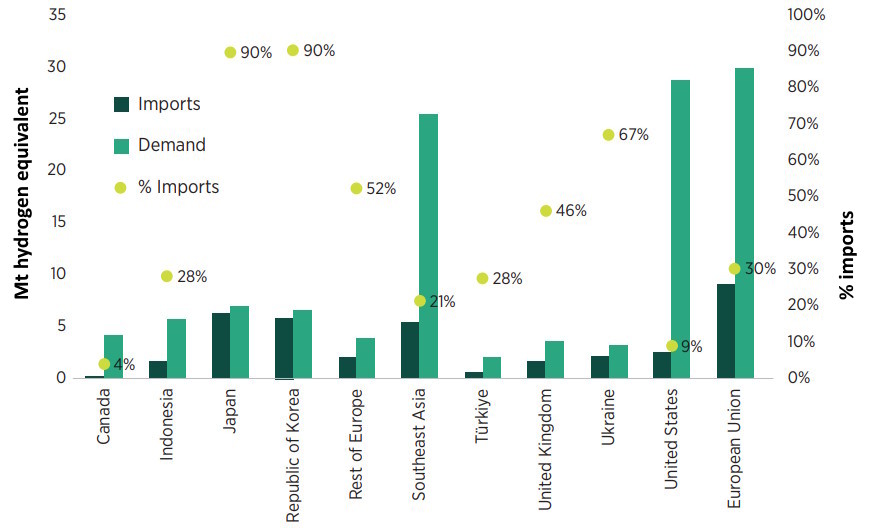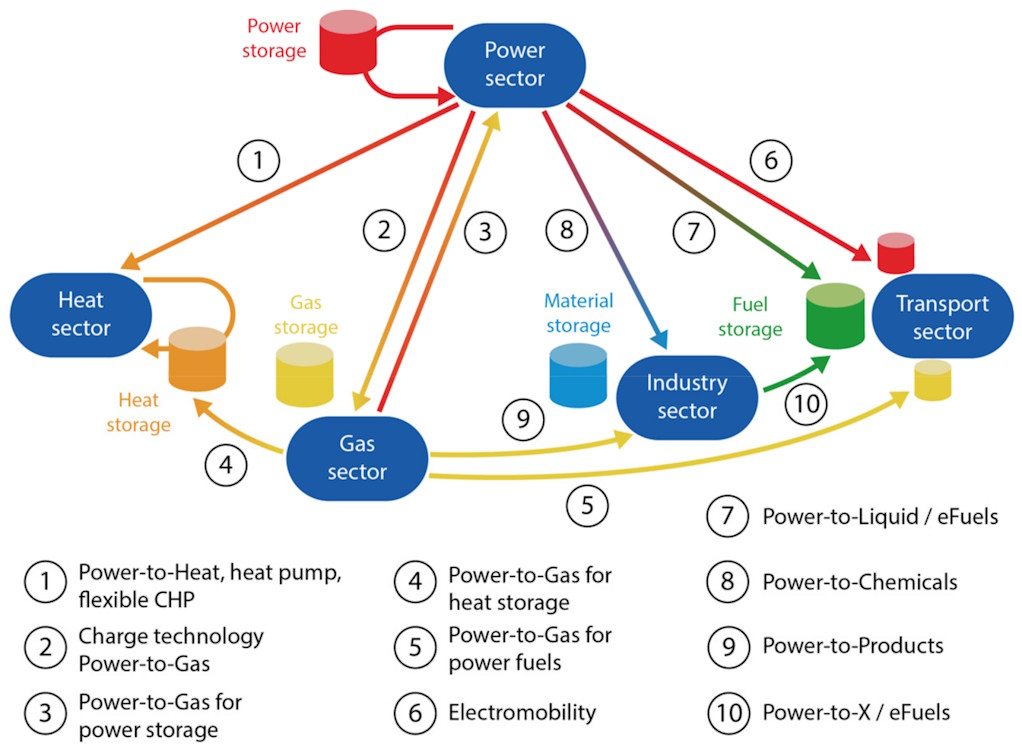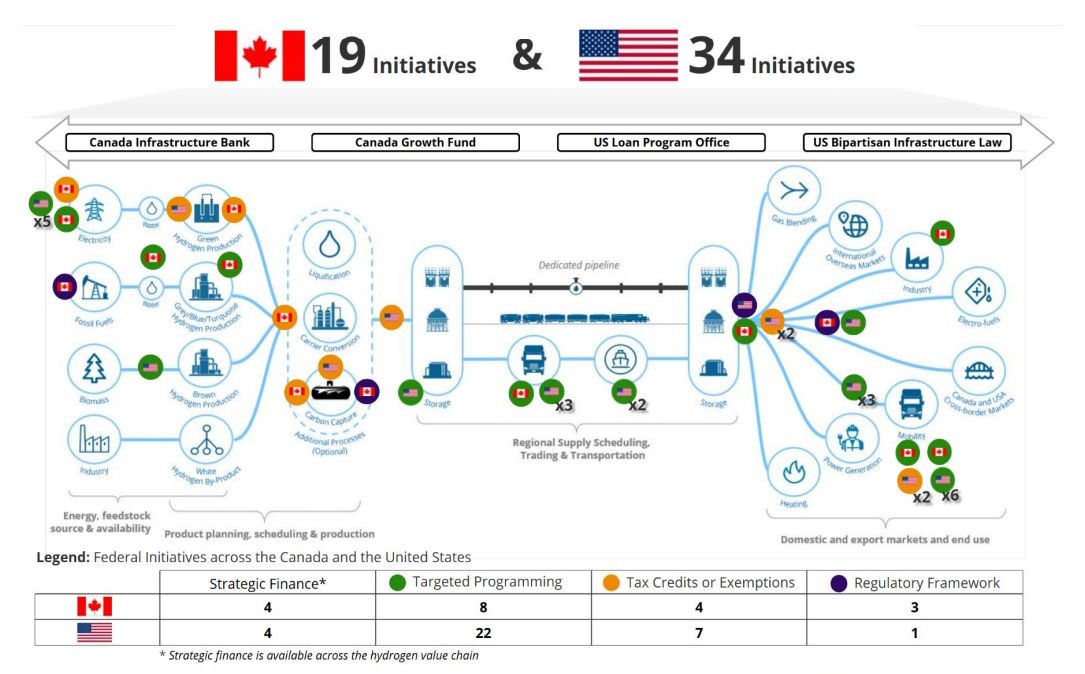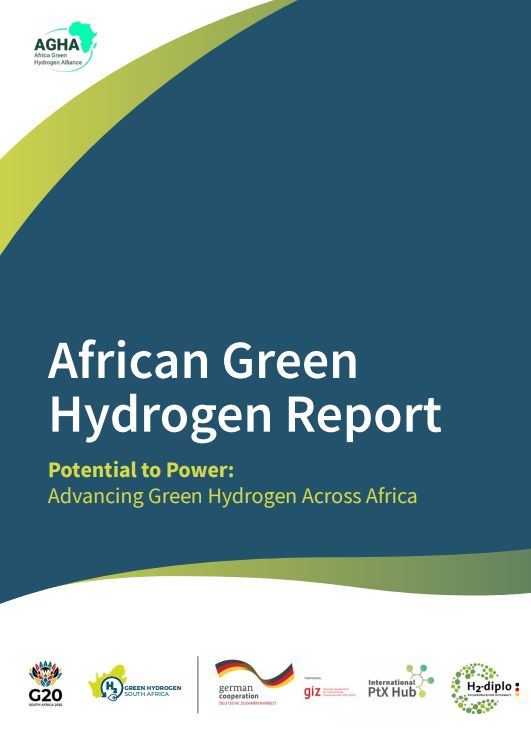Hydrogen Import & the European Hydrogen Bank
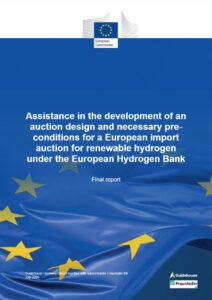
This weekend I dove into the report “Assistance in the development of an auction design and necessary pre-conditions for a European import auction for renewable hydrogen under the European Hydrogen Bank.”
The EHB is based on domestic and international pillars. While the domestic pillar for hydrogen production in the EU has already reached its third auction, the international pillar for hydrogen import is still under development. This report provides the groundwork for shaping a European import auction for renewable hydrogen and its derivatives.
My Key Takeaways:
1️⃣ Strategic recommendations:
- The report outlines how to design RFNBO import auctions at EU level, based on hydrogen market analysis and lessons from existing/planned auction schemes in Europe and beyond.
2️⃣ Two case studies analyzed:
📌 Pipeline-based imports (pure hydrogen):
- Can secure supply/offtake contracts between EU buyers and third-country producers in neighbouring regions.
- Encourages pipeline investments.
- Works via demand-side auction models to bridge funding gaps for RFNBO purchases, without assuming counterparty risks.
📌 Ship-based imports (derivatives: ammonia, methanol, eSAF):
- Helps EU offtakers secure RFNBO volumes for hard-to-abate sectors and quota compliance.
- Contributes to scaling up the global RFNBO market.
3️⃣ Contract terms
- To scale import volumes effectively, the maturity transformation between purchase and sales agreements should be limited, with hydrogen sales agreements (HSAs) running for 2–5 years.
4️⃣ Auction design priorities
Import auctions should:
- Bridge the cost gap between RFNBO production abroad and EU willingness to pay.
- Accelerate market ramp-up.
- Send a strong demand signal to international producers.
- Strengthen cooperation among EU Member States.
💡 This report is an important step toward designing the EU’s approach for international hydrogen imports as a key enabler for the energy transition.

